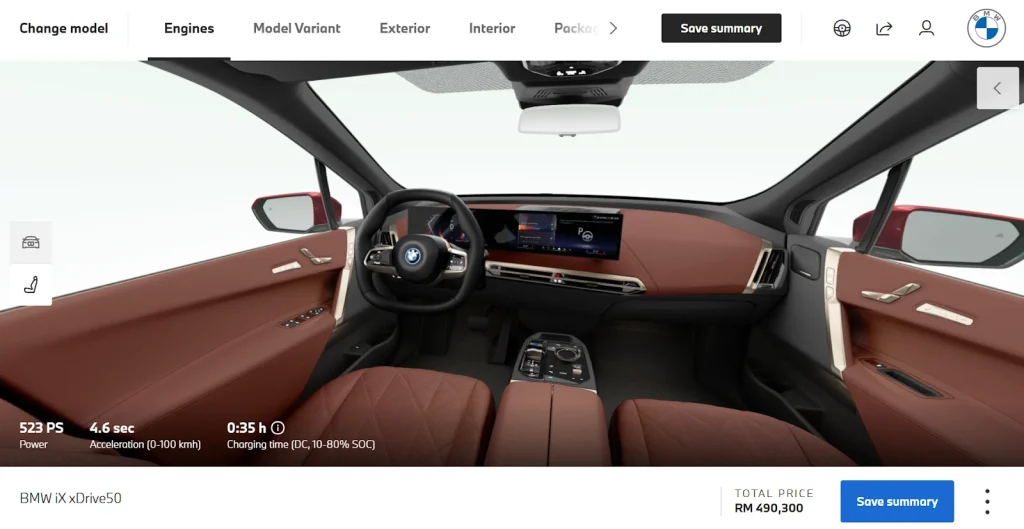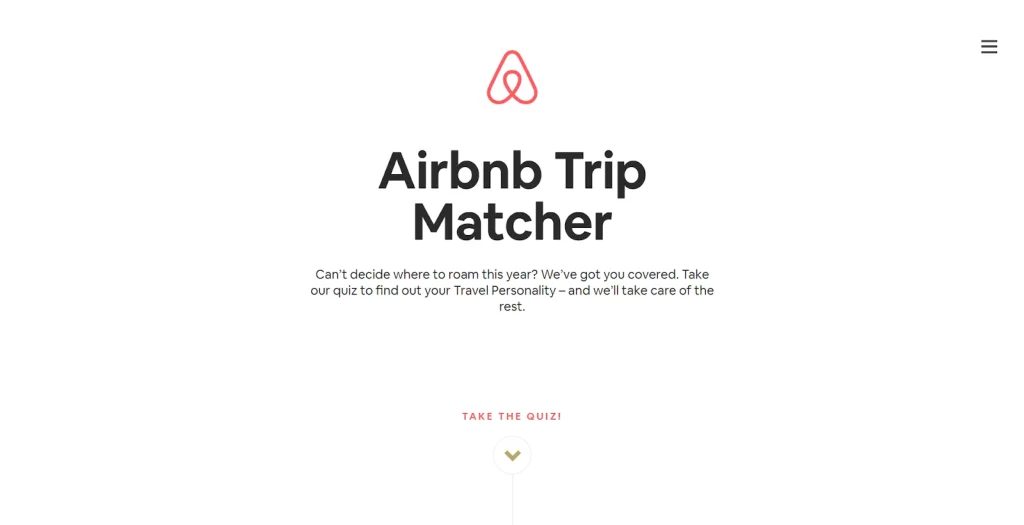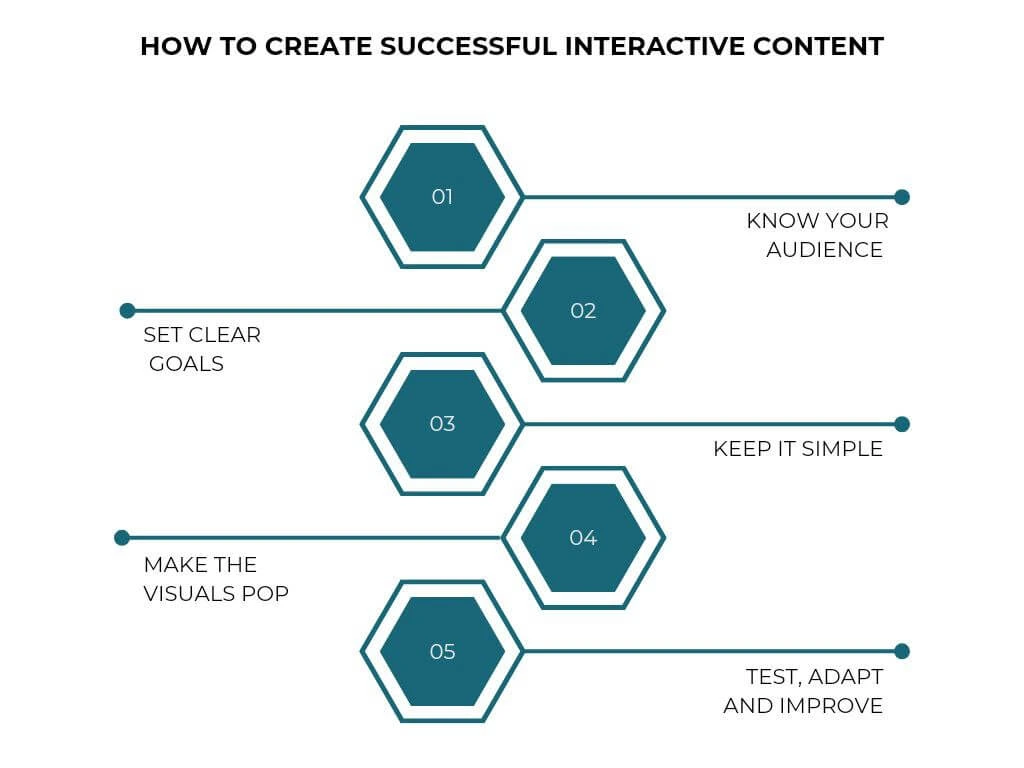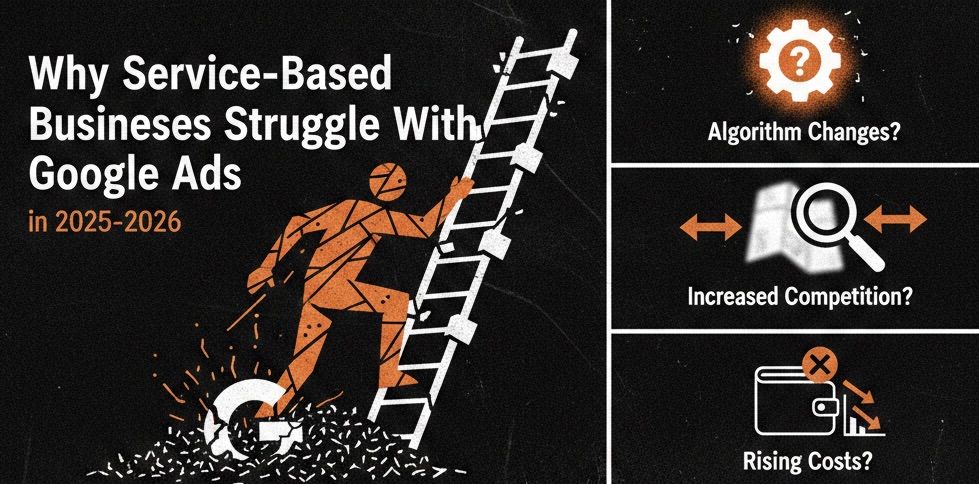In today’s fast-moving digital world, people want more than just passive content—they’re looking for experiences that grab their attention and keep them engaged. That’s where interactive content comes in. By incorporating interactive content into your web design, whether it’s for an ecommerce website or a high-converting landing page, you can significantly increase engagement, deliver better results, and connect with your audience in a way that feels personal and fun.
The Shift from Passive to Interactive Experiences
Traditional blog posts and static images had their moment, but these days, they’re just not enough. People expect more from the content they consume. Interactive content gives them the chance to:
- Actively participate in content: With interactive elements on your landing page and ecommerce website, users are encouraged to engage with the content rather than passively consume it. This active involvement builds a sense of ownership and investment in the content, making it more memorable, impactful, and easier to recall, which will boost repeat visits to your ecommerce website.
- Explore content dynamically: Unlike static content, an interactive web design allows users to engage with content that changes in real-time based on their preferences. On an eCommerce website, this could include dynamically updated product recommendations, or interactive 360-degree product demos that adapt based on the user’s choices.
- Have fun while interacting: Interactive content is not only effective—it can be fun, too! Engaging content on your web design doesn’t need to be serious to be successful. Think polls, quizzes, or even interactive games that users can play right on your landing page or ecommerce website. When users enjoy interacting with your content, they’re more likely to spend time exploring your landing page and ecommerce website
Instead of just reading or watching, users get to be part of the experience—creating a stronger emotional connection and keeping them coming back for more.
Examples of Interactive Content
Some of the biggest brands are already using interactive content to connect with their audience:
- BMW Interactive 360-Degree Video: BMW enhances the user experience on their ecommerce website with an interactive 360-degree video, allowing users to explore vehicles virtually. This interactive feature provides a personalized way for potential customers to experience the car’s design, features, and functionality, helping them make informed decisions while increasing their time spent on the webpage.

- Nike’s Customization Tool: Nike has integrated an interactive customization tool into their ecommerce website that lets users design their own shoes. This fun and personalized experience keeps users engaged while allowing them to create a product that’s unique and personal to them.

- Airbnb Quiz: Airbnb’s interactive trip-matching quiz, featured on their landing page, helps users discover their travel personality and find their ideal trip. This fun and shareable content enhances the overall user experience and drives traffic to their ecommerce website, ultimately leading to higher conversions.

Why Brands Should Use Interactive Content
As digital marketing becomes increasingly competitive, brands need to stay ahead by offering engaging, interactive experiences. Here’s why interactive content should be a cornerstone of your web design and ecommerce website strategy:
- Improved User Experience: Interactive content takes user experience to the next level by encouraging active participation. Whether it’s on a landing page or throughout the ecommerce website, engagement is key to creating a more memorable, enjoyable, and satisfying experience. This leads to longer engagement times, reduced bounce rates, and higher retention.
- Higher Conversion Rates: Interactive elements keep users engaged and connected to the content. By incorporating interactive content into your landing page and ecommerce website, you not only enhance the shopping experience but also increase conversion rates. When users feel personally involved, they’re more likely to take the next step, such as making a purchase, signing up for a newsletter, or interacting with other aspects of your site. This deeper engagement reduces distractions and leads to higher goal completion rates.
- Greater Brand Visibility: When users interact with content, they’re more likely to share their experiences with others. Whether it’s sharing a quiz result, a product customization design, or an interactive landing page experience, these social shares can create a ripple effect that drives traffic to your ecommerce website. This helps expose your brand to a broader audience and fosters organic growth.
Start Using Interactive Content

Thinking about adding interactive content to your web design? Here’s how to get started:
1. Know Your Audience
Research what kind of interactive content will appeal most to your audience. Are they looking for quizzes on your landing page, product customization tools, or engaging product demonstrations on your ecommerce website? Understand their preferences and deliver content that speaks to their interests.
2. Set Clear Goals
Define what you want to achieve—whether it’s increasing engagement, collecting insights, boosting conversions on your ecommerce website, or enhancing the user experience on your landing page. Clear goals help guide your content creation strategy to align with your business needs and measure its success effectively.
3. Pick the Right Format
From quizzes and polls to interactive videos and product configurators, interactive content comes in many forms. Each format serves a different purpose—entertaining, gathering opinions, offering solutions, and more. Consider what best suits your audience’s interests and your marketing goals, then select the format that aligns with their preferences and objectives. For example, quizzes work great for engagement on landing pages, while product demos are ideal for ecommerce websites.
4. Test and Improve
Once your interactive content is live, monitor how users are engaging with it. Use A/B testing to experiment with different versions of your content, and track key metrics such as conversion rates and user engagement on your landing page and ecommerce website. Refine your approach based on the data to ensure maximum results.
Final Thoughts
Interactive content isn’t just a trend—it’s a smart way to connect with your audience and boost engagement. By integrating interactive content into your web design, landing page, and ecommerce website, you can create personalized and dynamic experiences that captivate your audience and drive results.
Set to take your ecommerce website and landing page to the next level with interactive elements? At Cloudix Digital, we specialize in creating customized, interactive experiences that help businesses connect with their audience and boost their digital marketing strategy. Contact us today to get started!





